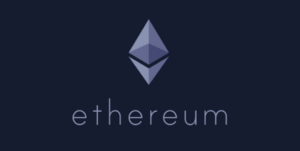IMF Urges El Salvador to Halt Bitcoin Push – SEO Optimized

El Salvador has made a big change in its crypto plans in exchange for a hefty $1.4 billion loan from the International Monetary Fund (IMF). This loan will be spread out over 40 months to help support the country’s economic changes. But, getting this loan meant El Salvador had to agree to certain conditions. The government promised to work on balancing its finances, reducing its debt compared to its GDP, and lowering the risks tied to bitcoin.
This is a significant switch for President Nayib Bukele. He made headlines in 2021 by declaring bitcoin as legal tender alongside the U.S. dollar, making El Salvador the world’s first “crypto nation.” To help get people interested in using bitcoin, the Bukele administration offered citizens $30 in bitcoin for using a government-backed digital wallet called Chivo. They also set up hundreds of bitcoin ATMs and revealed plans for Bitcoin City, a modern hub fueled by geothermal energy from nearby volcanoes.
The IMF wasn’t on board with El Salvador’s bitcoin moves from the start. They worried about the risks it could bring to financial stability, integrity, and consumer protection. This led to credit agencies like Moody’s and Fitch downgrading El Salvador’s credit ratings, making it harder for the country to get international financing. Now, as part of the agreement with the IMF, El Salvador will no longer force businesses to accept bitcoin payments; it will be voluntary. Plus, tax payments can’t be made in bitcoin anymore—they have to be in U.S. dollars.
The Chivo digital wallet will either have to be sold or shut down, as per the announcement from Stacy Herbert, who heads El Salvador’s National Bitcoin Office. But the country isn’t completely giving up on its crypto plans. They will keep buying one bitcoin every day, adding to the nearly 6,000 bitcoins they already have. This IMF deal is just one piece of the puzzle for El Salvador’s financial strategy. The Bukele administration is also seeking more funds from institutions like the World Bank and the Inter-American Development Bank, with hopes of getting over $3.5 billion to help stabilize the economy.



